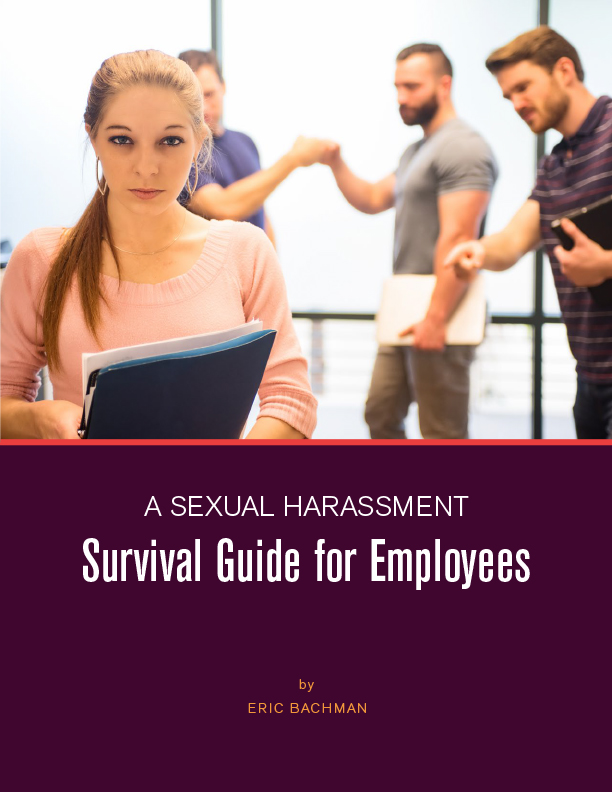How do I prove a hostile work environment?
To prove a hostile work environment claim, an employee must prove that the underlying acts were severe or pervasive. To determine if the environment is hostile, the courts consider the totality of the circumstances, including the conduct’s severity. Severe harassment includes physical touching, implicit physical coercion, extreme language, or obscene behavior.
The harassment must be both unwelcome and offensive to you, as well as being objectively offensive (meaning that a reasonable person would find the harassment hostile and abusive).
To determine whether harassment violates Title VII, courts consider the following factors:
- the frequency of the discriminatory conduct;
- its severity;
- whether it is physically threatening or humiliating, or a mere offensive utterance; and
- whether it unreasonably interferes with an employee’s work performance.
Talk with a sexual harassment lawyer to maximize your potential damages. If you have experienced workplace discrimination or whistleblower retaliation, call us at (202) 769-1681, or start your preliminary consultation online

Ebooks

A Sexual Harassment Survival Guide for Employees
Latest From The Glass Ceiling Discrimination Blog

Hidden risks in executive severance/settlement agreements: read before you sign
Leaving a job is a major transition. Sometimes it’s planned, sometimes it’s sudden, and sometimes it follows a conflict—like a discrimination or retaliation complaint. Whatever

Emotional Distress Damages in Employment Discrimination Cases: The Key Elements
If you’ve been the victim of workplace discrimination, you already know the toll isn’t just financial. Harassment, retaliation, or wrongful termination can leave lasting scars

What Airline Workers Need to Know About AIR21 Whistleblower Protections
The Little-Known Law Protecting Airline Whistleblowers When most people think about air travel safety, they picture well-trained pilots, strict maintenance checks, and layers of federal